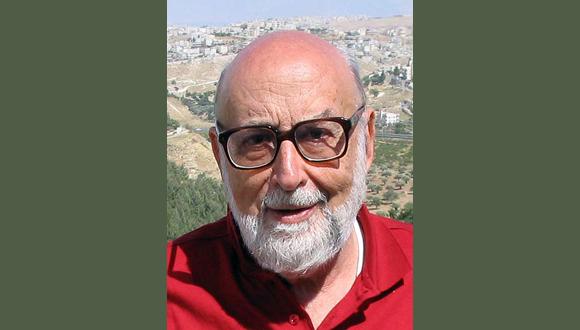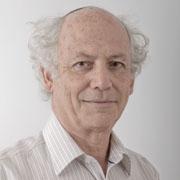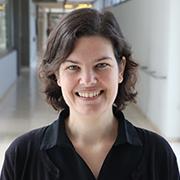Tel Aviv University Sackler Professor Wins Nobel Prize
Professor Francois Englert, a longtime fellow at the Raymond and Beverly Sackler School of Physics and Astronomy, has been awarded the Nobel Prize in Physics for his work on subatomic particles
Tel Aviv University is proud to congratulate Professor Francois Englert, Raymond & Beverly Sackler Senior Professor By Special Appointment, upon his receiving the Nobel Prize in Physics for 2013.
The Royal Swedish Academy of Sciences awarded the prize to Professor Englert for "the theoretical discovery of a mechanism that contributes to our understanding of the origin of mass of subatomic particles, and which recently was confirmed through the discovery of the predicted fundamental particle, by the ATLAS and CMS experiments at CERN’s Large Hadron Collider."
Prof. Englert, a professor emeritus at the Université Libre de Bruxelles, Belgium, has been affiliated with the Raymond and Beverly Sackler School of Physics and Astronomy since 1984, when he was invited as a Fellow of the Mortimer & Raymond Sackler Institute of Advanced Studies, and is currently a Raymond and Beverly Sackler Senior Professor by Special Appointment at the school through 2015. The Sackler Program brings leading international scientists and scholars from across the academic spectrum to research and teach at Tel Aviv University. These outstanding individuals contribute to the University's scientific and intellectual resources, to its climate of excellence, and to its global reach.
Details of Englert's work
Professor Englert was awarded the Nobel Prize in Physics 2013 jointly with Peter W. Higgs, professor emeritus at University of Edinburgh, UK, for the theory of how particles acquire mass – a cornerstone of the Standard Model of particle physics. In 1964, they proposed the theory independently of each other (Englert together with his now deceased colleague Robert Brout).
What is known as the Standard Model of particle physics describes how the world is constructed. According to the Standard Model, everything, from flowers and people to stars and planets, consists of just a few building blocks: matter particles. These particles are governed by forces mediated by force particles that make sure everything works as it should.
The entire Standard Model also rests on the existence of a special kind of particle: the Higgs particle. This particle originates from an invisible field that fills up all space. Even when the universe seems empty this field is there. Without it, nothing would not exist, because it is from contact with the field that particles acquire mass. The theory proposed by Prof. Englert and his colleague and fellow Nobel recipient Prof. Peter Higgs describes this process.
On 4 July 2012, at the CERN laboratory for particle physics, the theory was confirmed by the discovery of a Higgs particle. CERN’s particle collider, LHC, is probably the largest and the most complex machine ever constructed by humans. Two research groups of some 3,000 scientists each, ATLAS and CMS, managed to extract the Higgs particle from billions of particle collisions in the LHC.





